The standarized open ladder of Functional programming
with Java & VAVR (Level 1 2 3)
#EYD
Juan Antonio Breña Moralv0.4.0-SNAPSHOT
Control version

Who I am
|
|
Juan Antonio Breña Moral (40) Chapter Lead, Deejay & Mindstorms/STEAM teacher. Twitter | Github | Linkedin |
| Purpose: "Riding dragons with innovation & fun" | |
|
Quote: "Pressure makes diamonds." - George S. Patton Jr. |
|
“Production is the best place on the Internet.”
Agenda
- Goals
- Functional programming
- A Roadmap
- SOLFP Level 1
- SOLFP Level 2
- SOLFP Level 3
- Sharpening the axe
- Acknowledgements
- Future talks
Goals
I wish the audience could:
- Explain the Standardized open ladder of functional programming
- Use functional composition in the daily job
- Design with better Types
Functional programming
functional programming is a programming paradigm style of building the structure and elements of computer programs—that treats computation as the evaluation of mathematical functions and avoids changing-state and mutable data.
You can model solutions using this paradigm with Scala, Clojure, Kotlin & Java in the JVM.
Functional programming
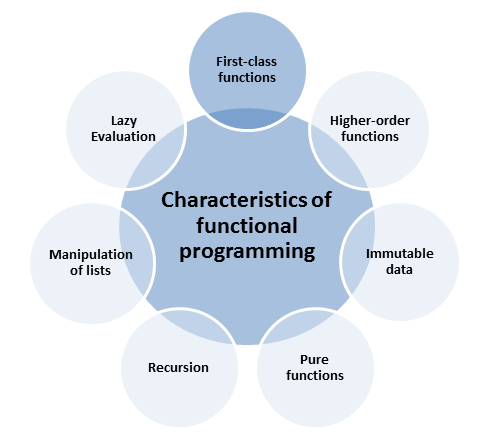
Functional programming
Java 8+
- λ
- java.util.function.*
- java.util.stream.*
- Optional< T >
- CompletableFuture< T >
- Pattern Matching (Java 14*)
- Sealed types & Java records (Java 14*)
Functional programming
VAVR
- io.vavr.core: Tuple0-8, Function0-8, CheckedFunction0-8, Lazy
- io.vavr.control: Option, Try, Either, Validation
- io.vavr.collection: Seq, Map, Set
io.vavr.concurrency: Future
A roadmap
Standardized open ladder of functional programming

SOLFP Level 1
Agenda:
- Immutable Data
- Second-Order Functions
Constructoring & Destructuring- Function Composition
- Lambdas
SOLFP Level 1
Skills:
- Use second-order functions (map, filter, fold) on immutable data structures
- Use data types to represent optionality
- Read basic type signatures
- Pass lambdas to second-order functions
Immutable Data
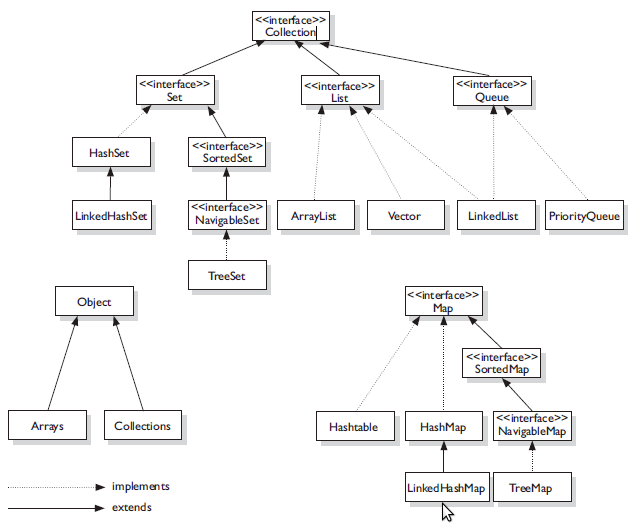
Immutable Data
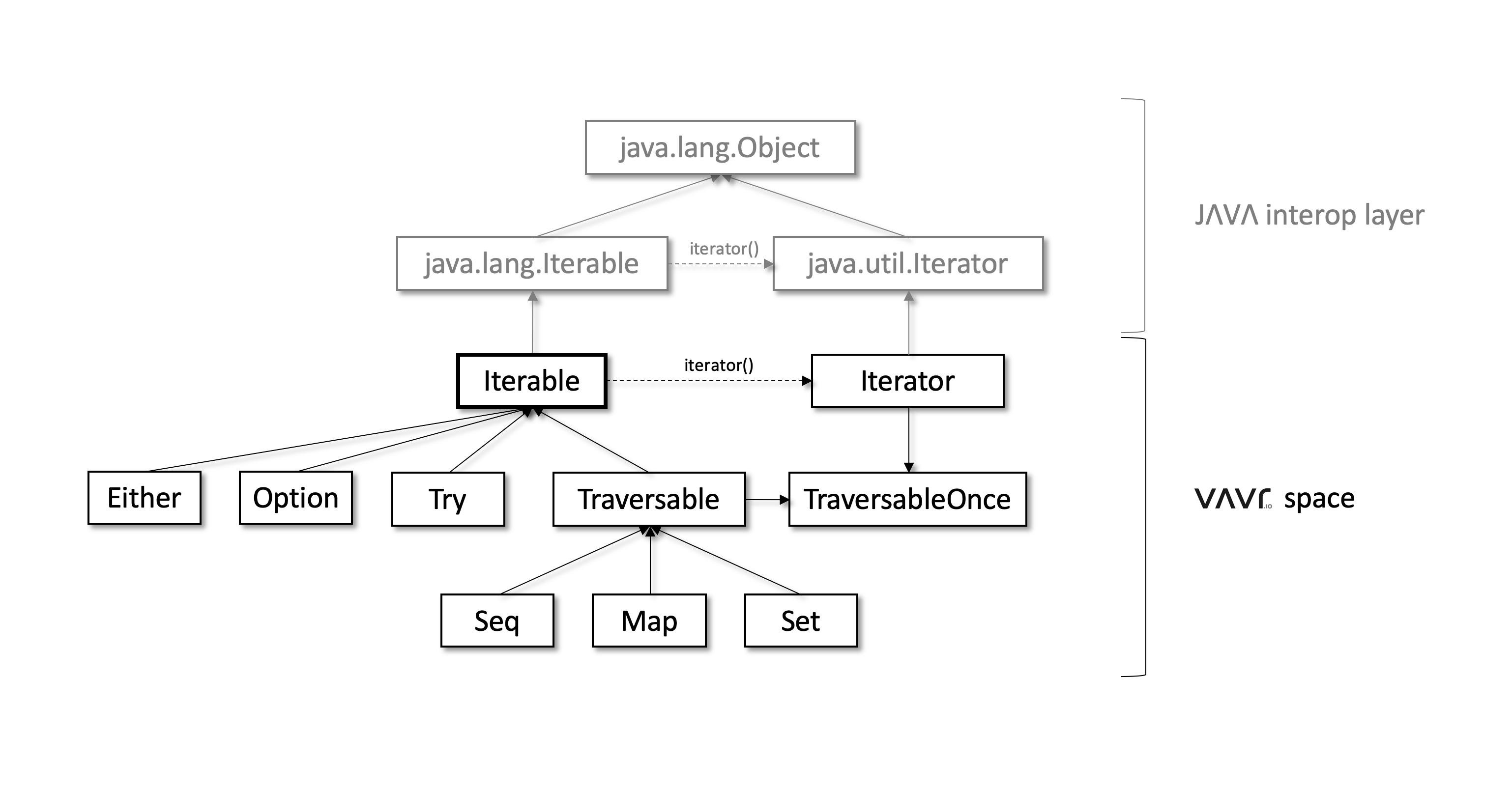
Immutable Data
Performance Characteristics of Vavr Collections
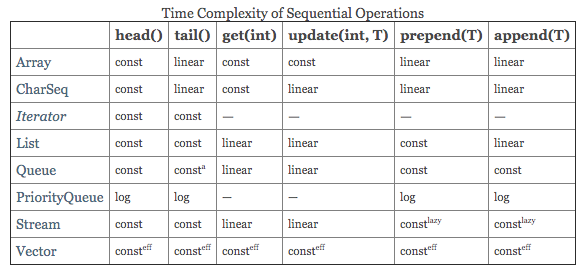
Immutable Data
Performance Characteristics of Vavr Collections
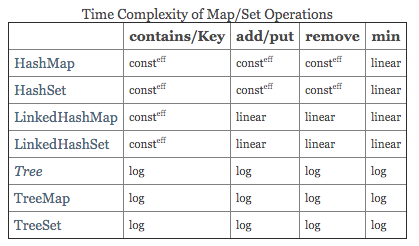
Constructoring & Destructuring
Destructuring is a special syntax that allows us to “unpack” arrays or objects into a bunch of variables.
Functional composition
Function composition is a mechanism to combine simple functions to build more complicated ones.
The ability to easily compose functions encourages factoring (breaking apart) functions for maintainability and code reuse.
Lambdas
Lambda expressions provide a clear and concise way to represent one method interface using an expression.
Lambdas
java.util.function.*
- Predicate: A property of the object passed as argument
- Consumer: An action to be performed with the object passed as argument
- Function: Transform a T to a U
- Supplier: Provide an instance of a T (such as a factory)
- UnaryOperator: A unary operator from T -> T
- BinaryOperator: A binary operator from (T, T) -> T
SOLFP Level 2
Agenda:
- Algebraic Data Types (Java 14*)
- Pattern Matching (Java 14*)
General RecursionType Classes, instances, & LawsLower-Order Abstractions (Equal, Semigroup, Monoid, etc)- Referential Transparency & Totality
- Higher-Order Functions
- Partial-Application, Currying
, & Point-Free Style
SOLFP Level 2
Skills:
- Solve problems without nulls, exceptions, or type casts
Process & transform recursive data structures using recursion- Able to use functional programming “in the small”
- Write basic monadic code for a concrete monad
- Model a business domain with ADTs
- Write functions that take and return functions
SOLFP Level 3
Agenda:
Generalized Algebraic Data TypesHigher-Kinded TypesRank-N Types- Folds
& Unfolds - Higher-Order abstractions (Category, Functor, Monad)
- Basic Optics
- Efficient Persistent Data Structures
- Embedded DSLs using Combinators
SOLFP Level 3
Skills:
- Test code using generators and properties
- Write imperative code in a purely functional way through monads
- Separate decision from effects
- Write a simple custom lawful monad
- Write production medium-sized projects
- Use lenses & prisms to manipulate data
- Simplify types by hiding irrelevant data with existentials
SOLFP Level 3

Sharpening the axe
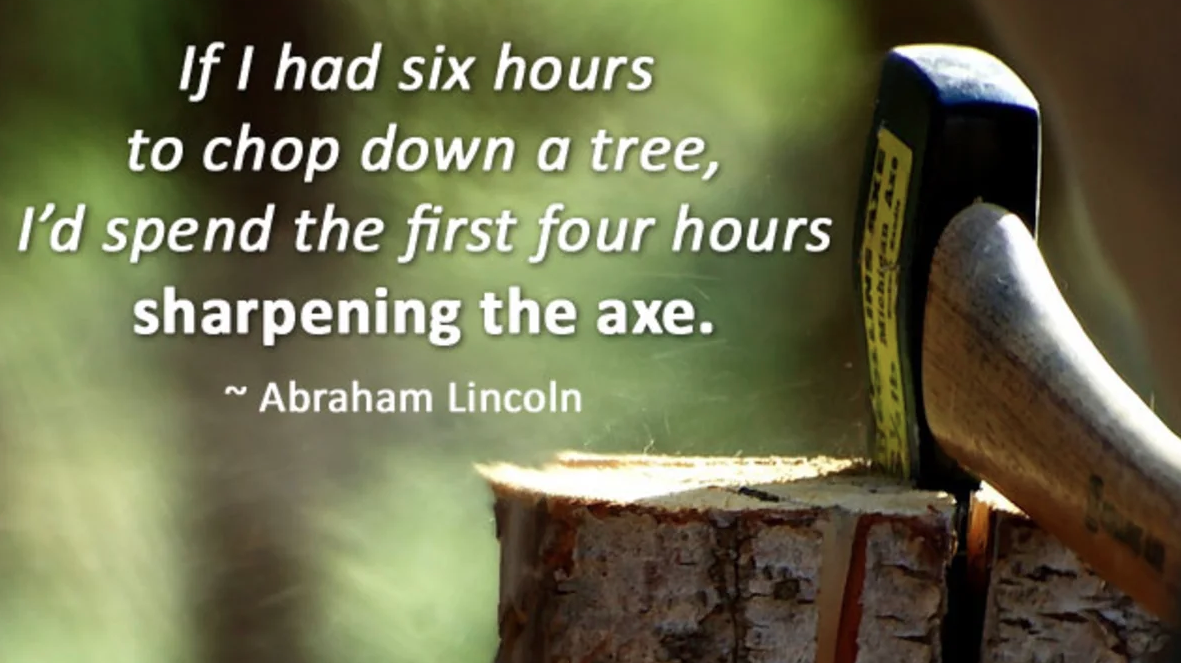
Acknowledgements
Future talks
- Microframeworks: Webflux & Spring Security
- Reactive Streams: Reactor
- Reactive programming patterns: Resilience4J

Thanks